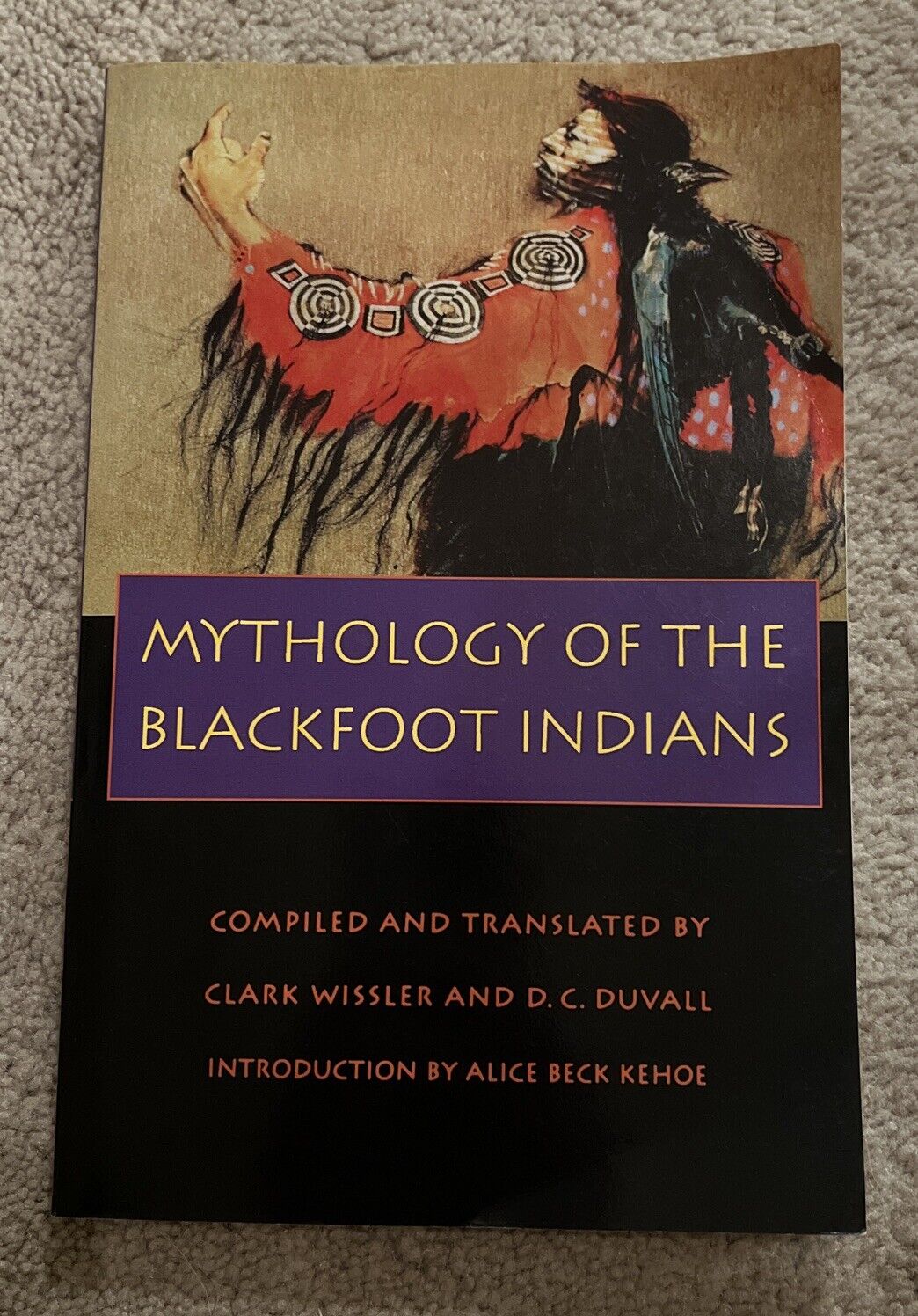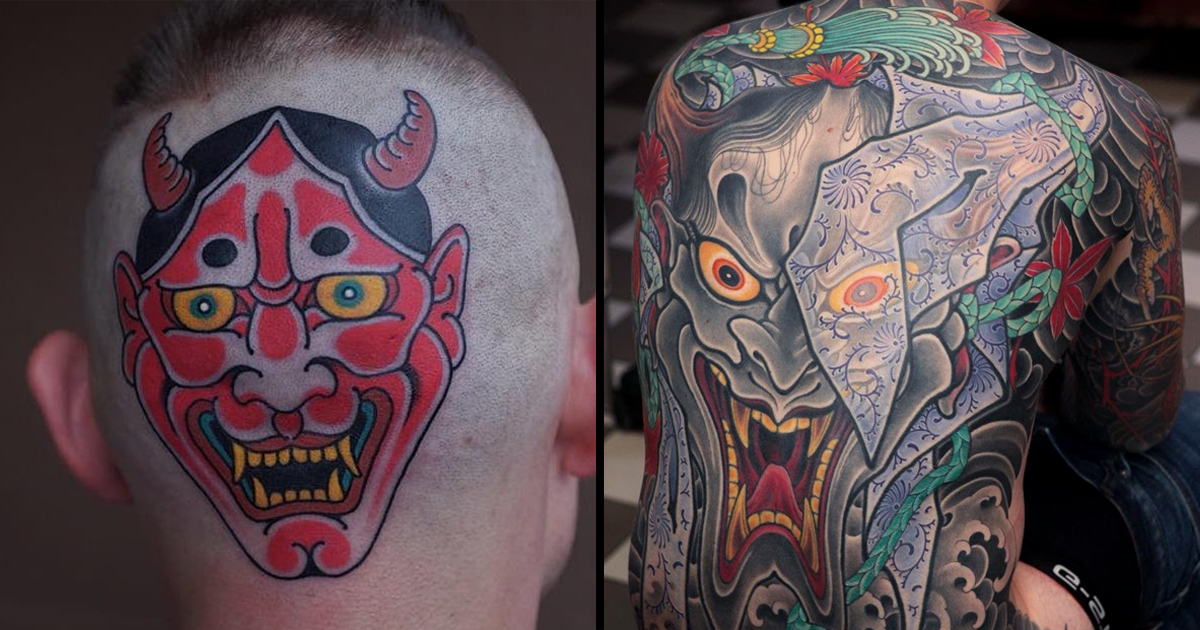This article discusses the popularity of Snoopy tattoos and the various options available. Snoopy, the beloved character from the Peanuts gang, is known for being a dreamer and a faithful companion. The article suggests that a Snoopy tattoo can represent different personas such as a pilot, world leader, philosopher, or a good friend and gentleman. It emphasizes the values of loyalty, imagination, and an inquisitive mind that can be gleaned from Snoopy and the Peanuts mascot.
The article lists different areas of the body where people commonly get Snoopy tattoos, including the forearm, arm, back, leg, calf, thigh, and foot. It also mentions traditional and 3D Snoopy tattoo ideas.
Snoopy is a popular character from comic strips, and Snoopy tattoo designs are attractive. Getting a Snoopy tattoo is a way of showing admiration for the character and love for comics. The Peanuts gang, including Snoopy and Charlie Brown, has made a remarkable impact on many people. A Snoopy and Charlie Brown tattoo can depict their friendship and can be customized with a significant date.
A Snoopy tattoo design with a small orange hair bunch and a heart around Snoopy’s nose is perfect for Snoopy lovers. A Hawaiian-themed Snoopy tattoo is also popular among fans. This article highlights different snoopy tattoo designs and their significance. One design features Snoopy in a Hawaiian holiday look, with a skirt made of leaves and a flower garland. Another design pays tribute to the simplicity of Charlie Brown, with him wearing his iconic t-shirt and shorts. There is also a tattoo depicting the Peanuts gang, including Woodstock, Peppermint Patty, Lucy, Charlie Brown, Linus, Sally, and Snoopy. Lastly, there is a Halloween-themed tattoo of Snoopy dressed as a pumpkin.
The article discusses various traditional Snoopy tattoos. The tattoos are described as vibrant and colourful, portraying happiness and positivity. One tattoo features Snoopy reading a book with the text “How 2 chill?” indicating the importance of relaxation and taking breaks. Another tattoo showcases Snoopy and Woodstock eating ice cream together, symbolizing the value of spending quality time with loved ones. A third tattoo depicts Snoopy walking happily on a summer day surrounded by waves and flowers. The final tattoo portrays Snoopy in love, wearing heart-shaped sunglasses and surrounded by tiny hearts. The tattoos are praised for their bright colors and joyful vibes.
The article mentions that Snoopy tattoos are popular among young people due to their traditional ink feel. It also references an image from Pinterest as a featured image. No other facts, stats, or figures are provided in the article.




